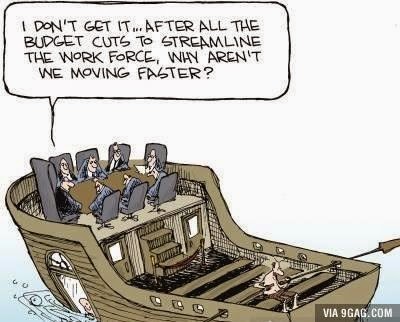Given that supplier investment in back margin was originally intended to stimulate sustainable sales of the brand and should always have been conditional, many suppliers will be reluctant to simply surrender the allocation and use of trade investment monies – other than the three permitted buckets – to a retail partner working to a different set of priorities.
Moreover, as the surrender of any influence over the use of trade investment by the supplier could result in elimination of any discussion re KPIs and compliance conditions in monitoring retailer performance, even the effectiveness of the three permitted buckets could be compromised.
This could possibly result in either additional transfers to front margin, or even de-listing in extreme cases of poor performance.
It is therefore imperative that suppliers and Tesco find ways of jointly optimising the discretionary use of trade investment budgets by the two partners.
In other words, assuming that the three permitted back margin buckets account for half of a supplier’s 20% trade investment in Tesco, this leaves the ownership/control of the remaining 10% subject to further negotiation…
In order to convince Tesco of the bona fides of such trade investment ‘retention’, a supplier has to be able to guarantee that the monies are fully allocated to the development of their business with Tesco.
The funds will need to be invested in initiatives that drive traffic to the retailer’s stores, where incremental sales of the supplier’s brands will reward Tesco via a combination of front margin and volume rebates.
It is unlikely that a retailer in Tesco’s current condition would agree to anything less…
Moreover, as the surrender of any influence over the use of trade investment by the supplier could result in elimination of any discussion re KPIs and compliance conditions in monitoring retailer performance, even the effectiveness of the three permitted buckets could be compromised.
This could possibly result in either additional transfers to front margin, or even de-listing in extreme cases of poor performance.
It is therefore imperative that suppliers and Tesco find ways of jointly optimising the discretionary use of trade investment budgets by the two partners.
In other words, assuming that the three permitted back margin buckets account for half of a supplier’s 20% trade investment in Tesco, this leaves the ownership/control of the remaining 10% subject to further negotiation…
In order to convince Tesco of the bona fides of such trade investment ‘retention’, a supplier has to be able to guarantee that the monies are fully allocated to the development of their business with Tesco.
The funds will need to be invested in initiatives that drive traffic to the retailer’s stores, where incremental sales of the supplier’s brands will reward Tesco via a combination of front margin and volume rebates.
It is unlikely that a retailer in Tesco’s current condition would agree to anything less…










 pic: Brian Moore
pic: Brian Moore




